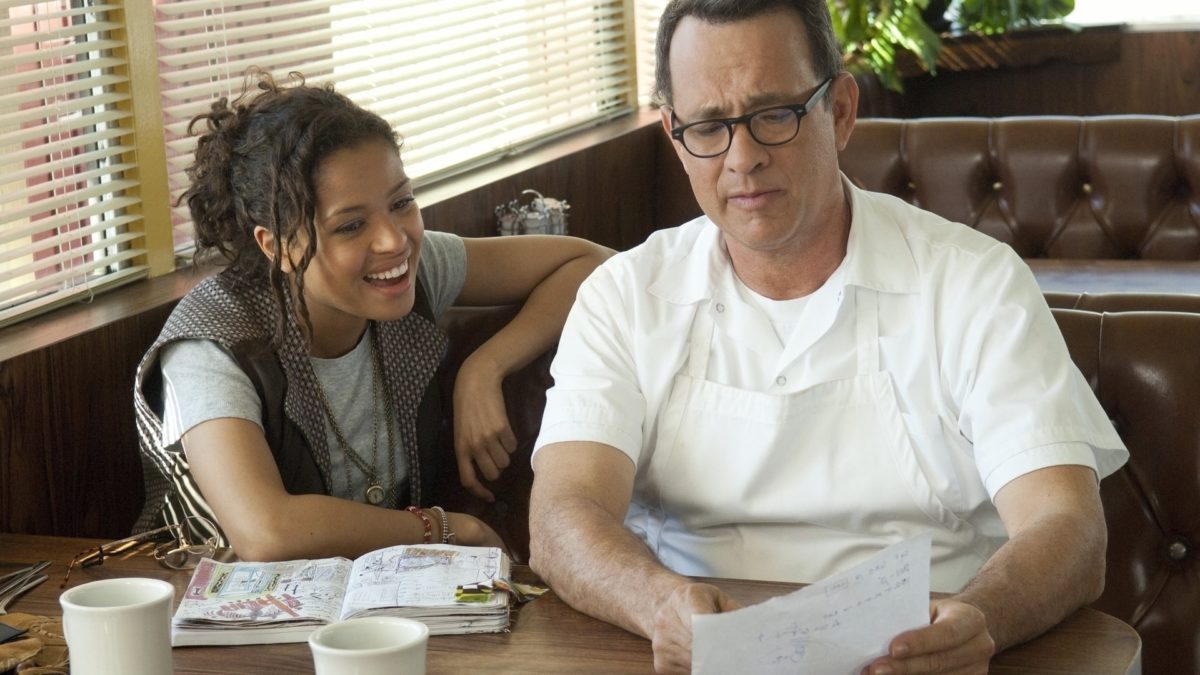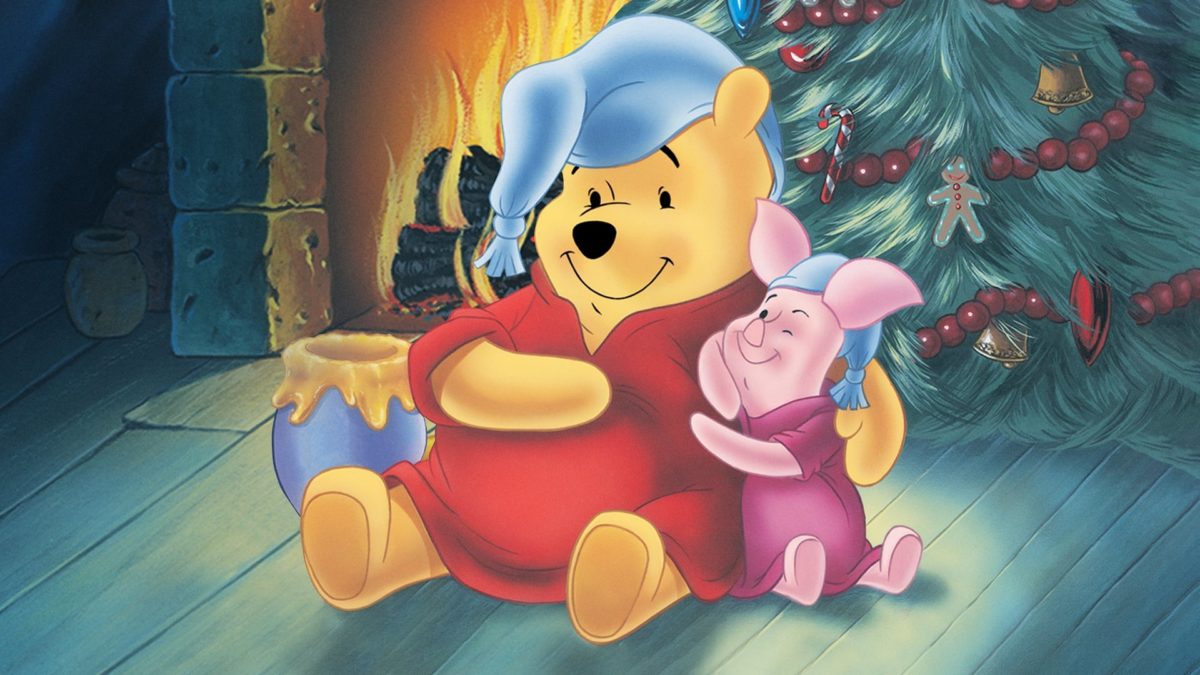Note: I viewed both the 2019 remaster on Disney+ and the earlier version on YouTube
Santa’s Workshop is a historically important, technically accomplished, visually appealing animated short that’s quite the holiday delight. There’s tons of energy and color in the motion of making and delivering Christmas gifts, with some great sound design. Using Schubert as backing music adds a lot of richness.
Unfortunately…
I’m docking a rating point for both the blatant racism (blackface doll, scrubbed away in the 2019 remaster), and the subdued racism (“Oriental”-looking dolls). I get that the 1930s were a different time, but even with that context it’s tough to watch.
Another point docked for Disney not giving us an easy way to view the original. I understand the appeal for this to be a timeless toon, and therefore the need to have a modern version that reflects our values better. Frankly, as a parent, I’m grateful for it, because I can show it to my kids with minimal guilt.
But I am super NOT okay with Disney doing anything to obfuscate this process or make it difficult for enthusiasts/historians to watch the original.










